Inflatable Paddleboard Technology: Applying Physics to SUP Board Shape
As a relatively young sport, stand up paddleboarding has grown quickly in the last decade and inflatable paddleboard technology has evolved alongside. SUP boards can be seen on waterways worldwide and come in a range of shapes, sizes, and constructions. These differences are not just superficial; they play a significant role when it comes to the paddler's experience in the water.
But how do we know for sure what makes a board faster? What really affects how a board moves in the water? There are ways we can study and measure the performance of a board. For this, our research and development team has applied a branch of physics called Computational Fluid Dynamics (CFD). With the help of CFD, they were able to obtain a more scientific understanding of paddle board performance. Get ready for some SUP science 101!

A 3D scanned SUP model for CFD simulation
Inflatable Paddleboard Technology: Breaking Down the Science
So what is CFD? It is a technique used to study the physics of fluid motion. It uses numbers and data to analyze and solve problems related to the flow of fluids, in this case the water around a paddleboard. Simply put, as a paddleboard moves in water, its performance is impacted by the very displacement of water it is causing.
To measure this impact, a CFD simulation is run using a Computer-Aided Design (or CAD) file. The results of the simulation show us the physical properties such as velocity and pressure which can be used to evaluate a board's performance. For example, by analyzing the flow streamline, we can see how the flow field around the board and the outline of a board (or a board's shape) can be improved to lower the drag and resistance. This technique has been widely used in industries such as automobile, aerospace, and even sporting goods!

Streamlines around a SUP board in a CFD simulation
What a Drag!
Our team performed a series of CFD simulations on the Waterwalker 126. The image above shows the streamlines around the board. The streamline curves represent the local flow velocity. As you can see, the flow stagnates at the nose of the board and then accelerates along the rail, which eventually separates at the tail. This creates drag on the board, which happens when a solid object (the board) comes into contact with a fluid (water).
There are two main types of drag a paddleboard experiences when moving in water. One is called pressure drag, and the other is called shear drag. While both are due to the motion of the board in water, they have different causes and effects.

CAD images showing high and low pressure at the nose and tail
Pressure Drag
Pressure drag comes from the difference in pressure between the board's nose and tail. When you paddle, the water in front of the board is being pushed forward, and in return, the water is trying to push the board backward. This interaction creates relatively high pressure at the nose.
At the same time, as the board moves forward, a low pressure zone is created at the tail, and water is being drawn to fill the area. The difference between the high pressure at the nose and the low pressure at the tail form the pressure drag, and it acts to resist the forward motion of the board. That is why the race boards have sharp noses and narrow tails, so that the pressure difference is smaller between the nose and tail, and thus lowering the pressure drag.

CAD image showing shear stress on the bottom of a paddleboard
Sheer Drag
Shear drag, which also comes from relative motion, is not based on pressure difference between the nose and tail. Instead, it is based on the resistance on the board's surface and affects the parts of the board that are in contact with water, namely the rails and the bottom of the board.
As the board moves in the water, a very thin layer of fluid attaches to the board's surface causing shear stress which decelerates the board. The drag induced by this shear stress is shear drag. This is why race boards are narrower and more streamlined, as those features help to minimize contact with water and thus reduce shear drag.


Graphs demonstrating effects of speed and angle on different types of drag
How Other Factors Affect Drag
Speed
Besides the SUP shape design, the paddling conditions also affect the magnitude of pressure drag and shear drag. In our study, we investigated the effect of SUP board speed and angle. Both pressure drag and shear drag are related to the board's speed in the water. So the faster you go, more drag there will be. However, the two types of drags behave differently at different speeds. The pressure drag starts smaller, and then increases more significantly with the board's speed compared to the shear drag, where the effect is more gradual.
Angle
A board's angle is affected by where the paddler is standing on the board. The further back you stand on your paddleboard, the more the nose will lift from the water, creating a greater angle of attack. The greater the angle of attack, the more the pressure drag increases, while the shear drag decreases due to the less contact surface in the water.
Fins
There are also other types of drag. The drag caused by fins is one of them. Fins play an important part in controlling the board's direction. And though it might appear to be a relatively small part of the board, the fin does cause notable drag. In our study, we found that at low speeds, the drag caused by the fins was more significant. As the board went faster, the fins created less drag. Factors such as the fin layout and the fin shapes play a role in determining the drag, and so there is potential to optimize the fin layout and shapes.
Better Boards Through Science
So what do all these findings tell us? Ultimately, we are quantifying how the board contour and other factors can be optimized to lower drag. Drag definitely affects a board's performance and your enjoyment out on the water by slowing you down and making you work harder. By understanding exactly which areas create drag and in what amounts, we can better optimize our designs to reduce drag, increase stability and and glide, and give you the best SUP experience on the water!
We're always in the lab working hard to get the most out of our gear and applying the insights we discover back into the designs and shapes of our paddleboards. Although it might seem like the solution is to just create narrow boards with a tapered nose and tail to minimize drag, the complex interplay of factors such as stability, volume, and intended use, have to be taken into consideration. Keep an eye out for more tech related posts like this one going forward.
The more we understand about precisely where and how drag affects a SUP in the water, the better we'll be at delivering the perfect blend of performance and stability for any SUP activity or use. With the help of CFD, we can create more accurate models, perform more relevant tests, and reach more impactful conclusions. With these enhanced techniques as part of our research and development process we're stoked to push the sport forward!
To paraphrase Matt Damon's character in the Martian, "In the face of overwhelming odds, we're left with only one option. We're gonna have to science the s*** out of this."


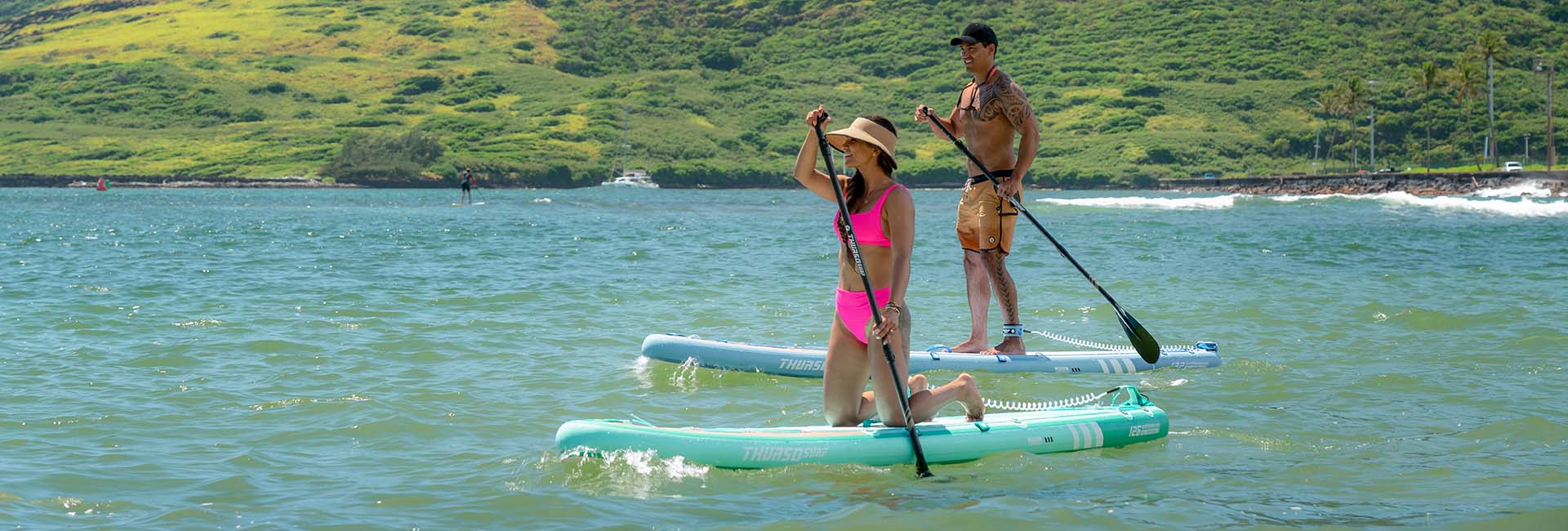
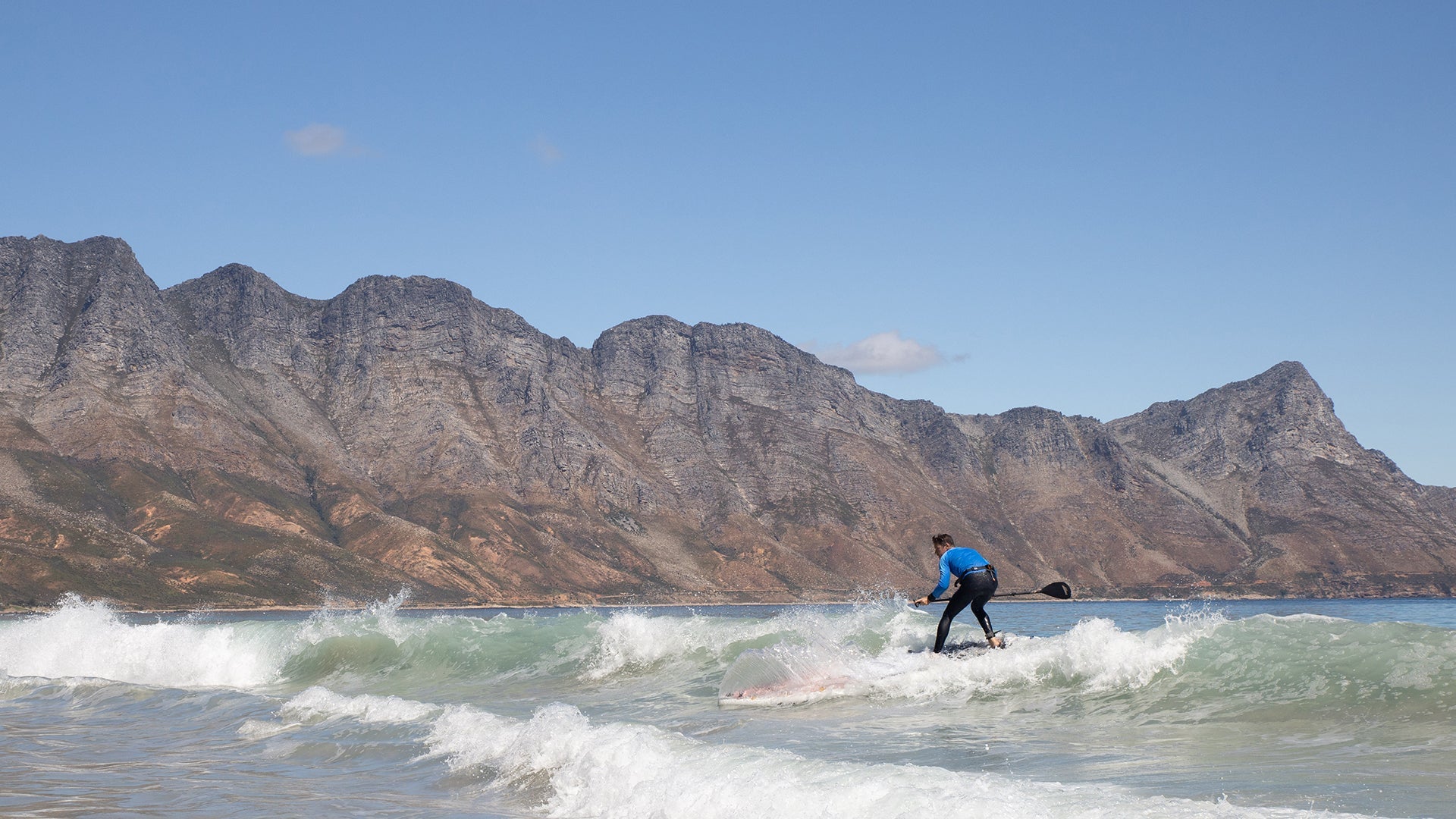
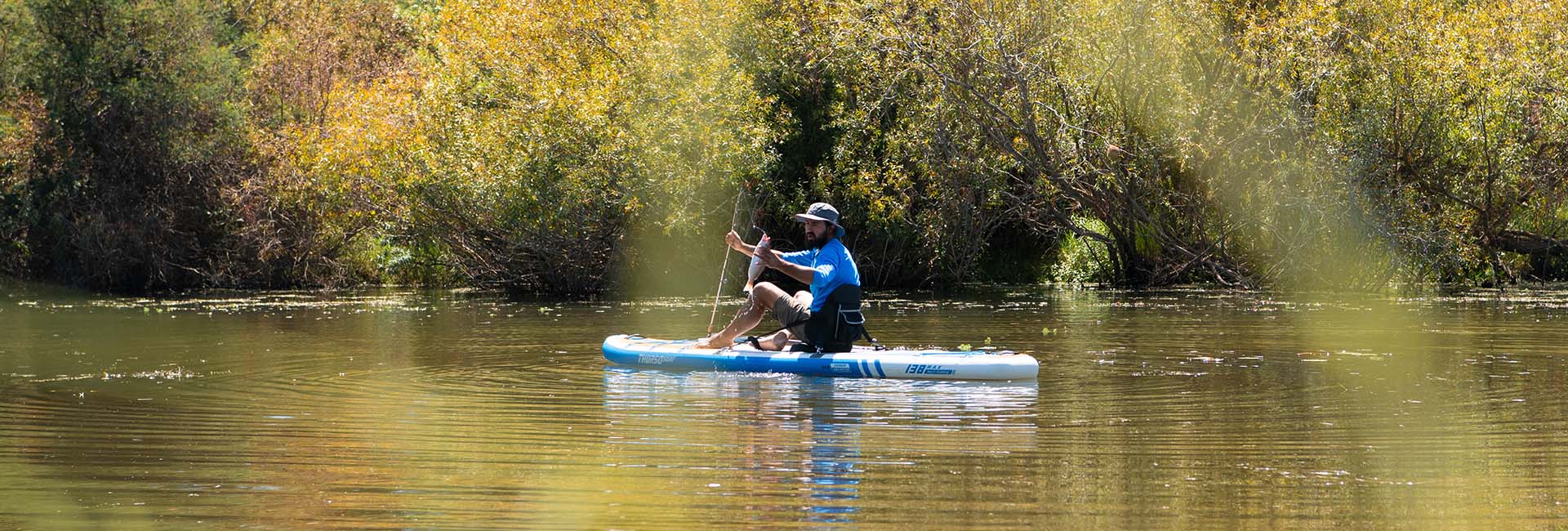
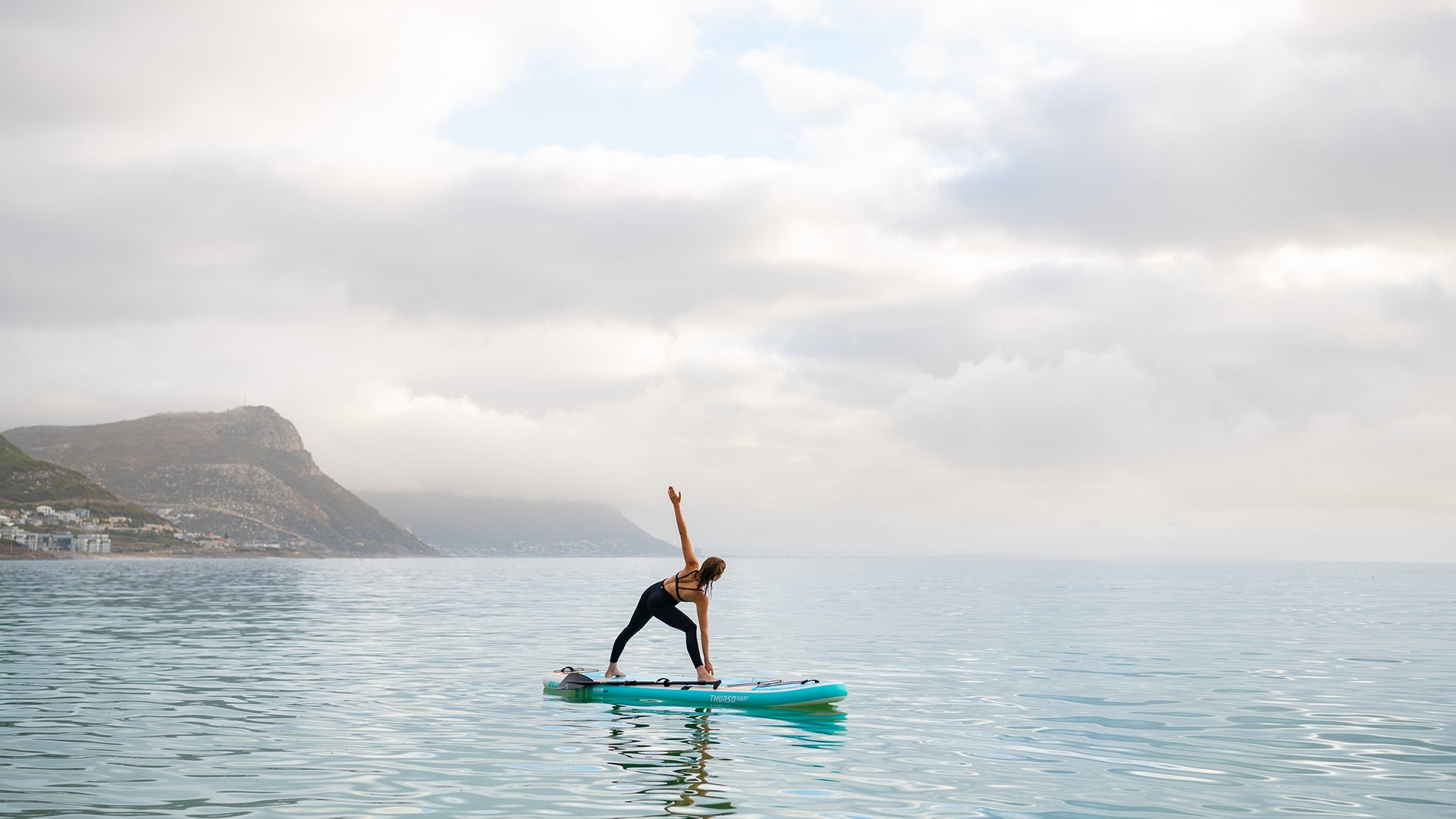
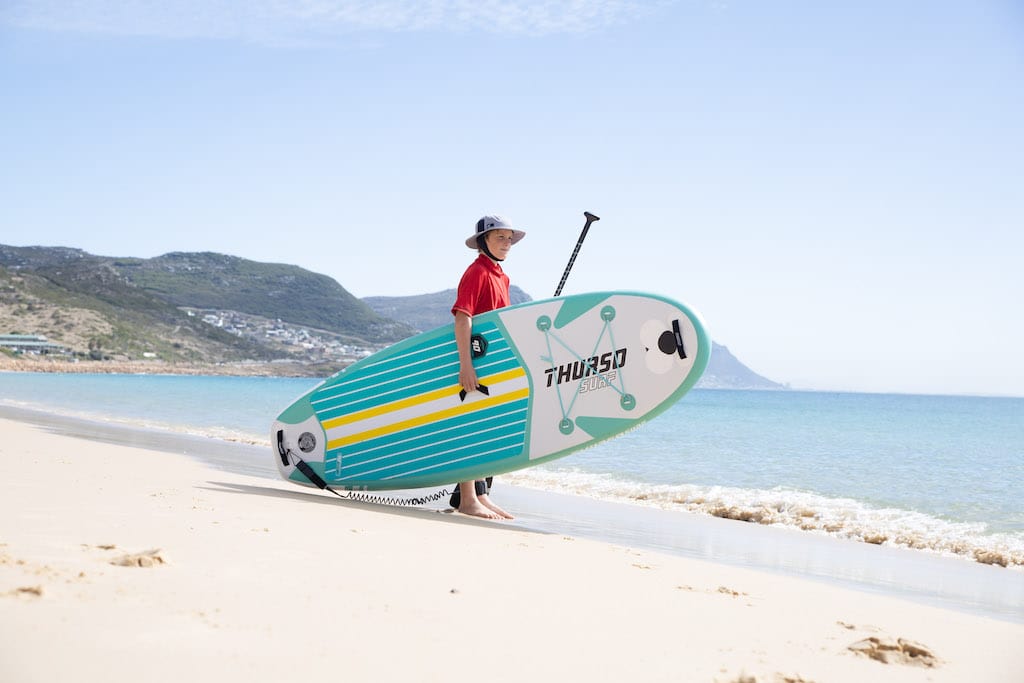
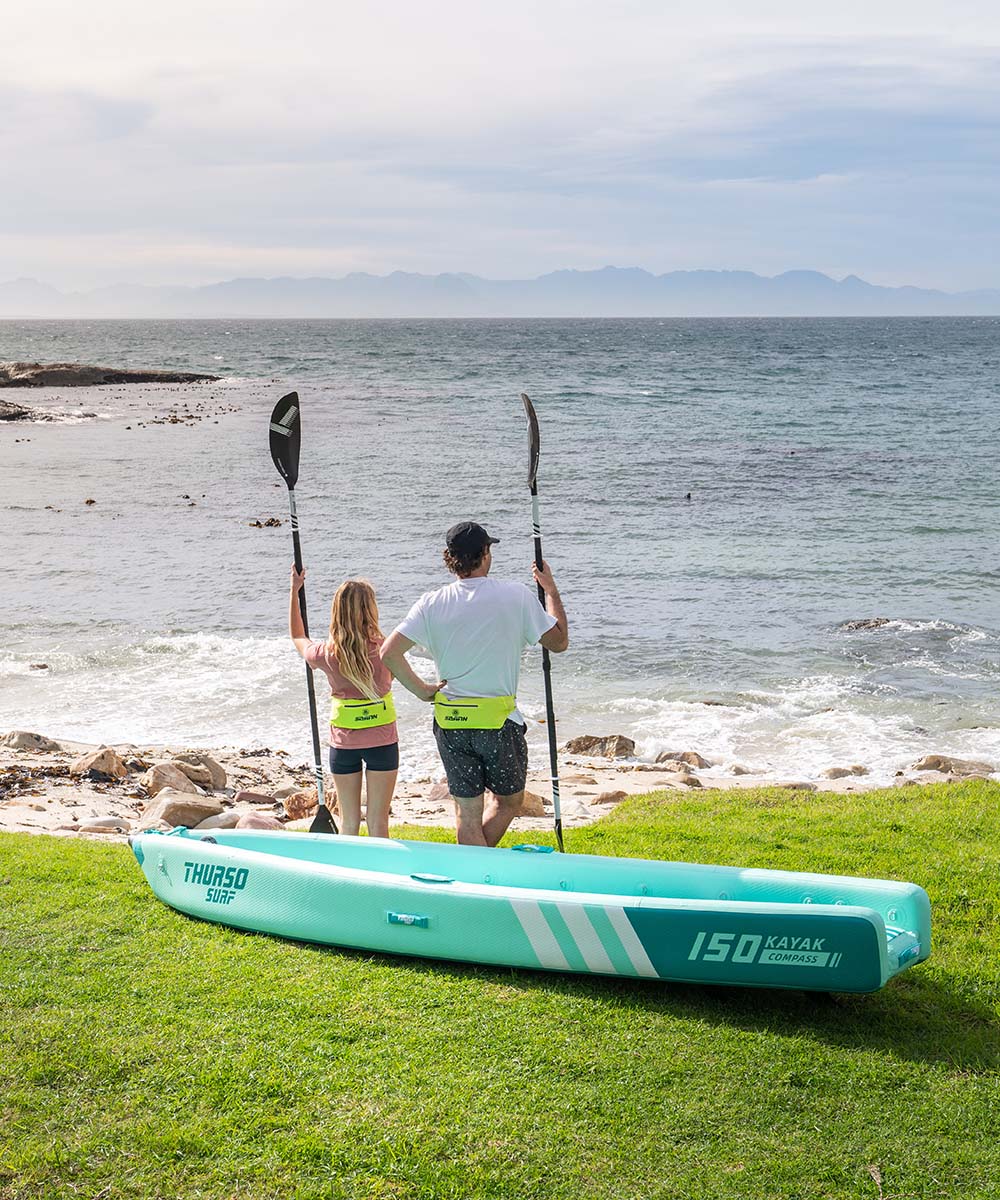
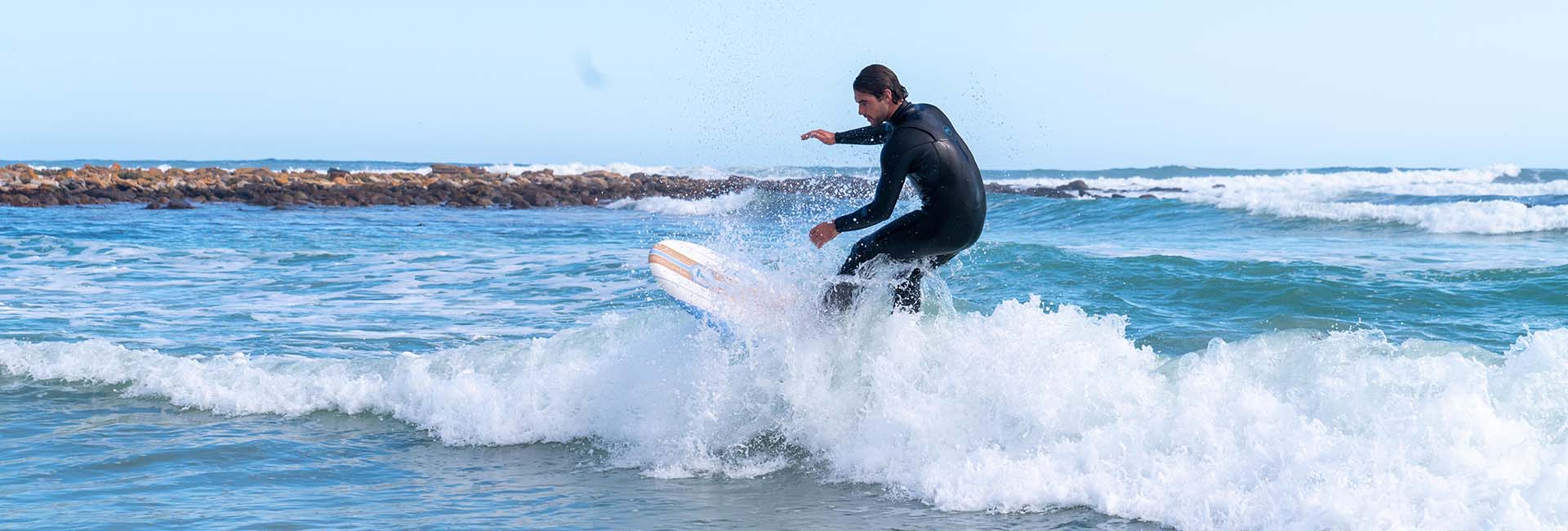
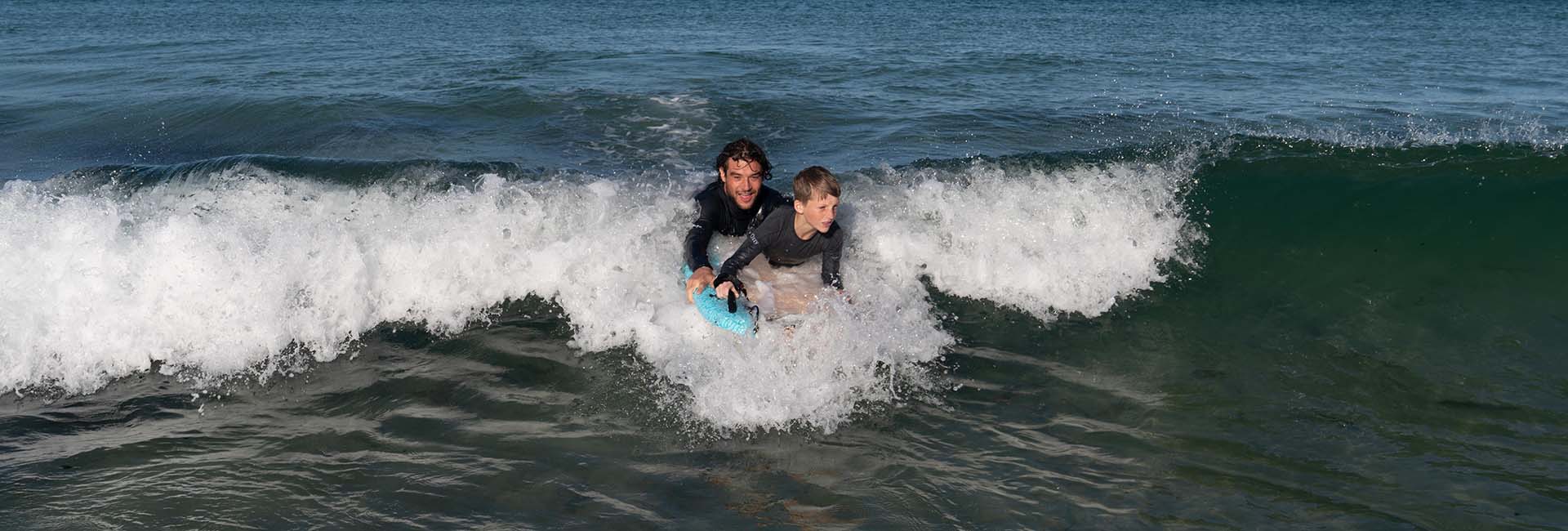
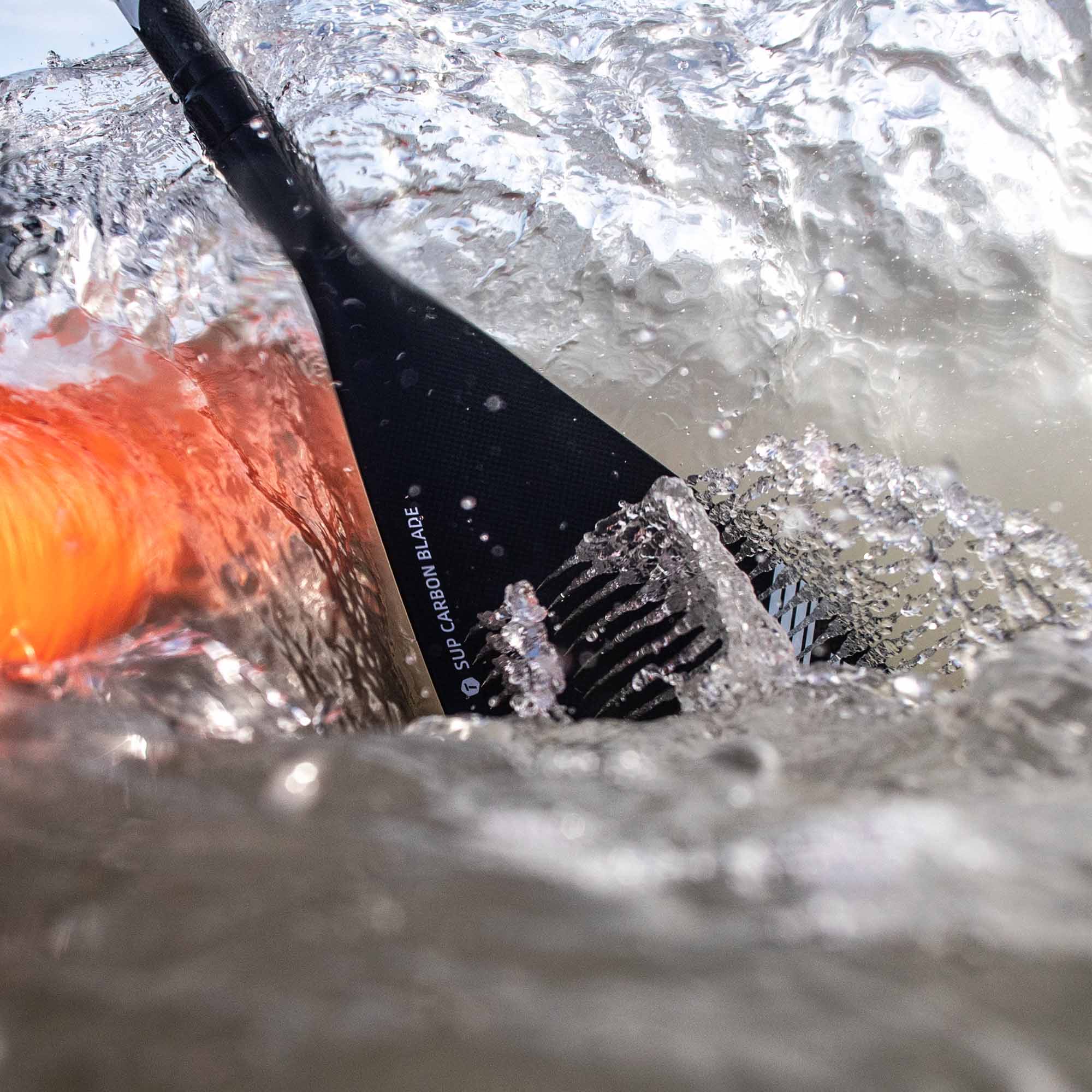
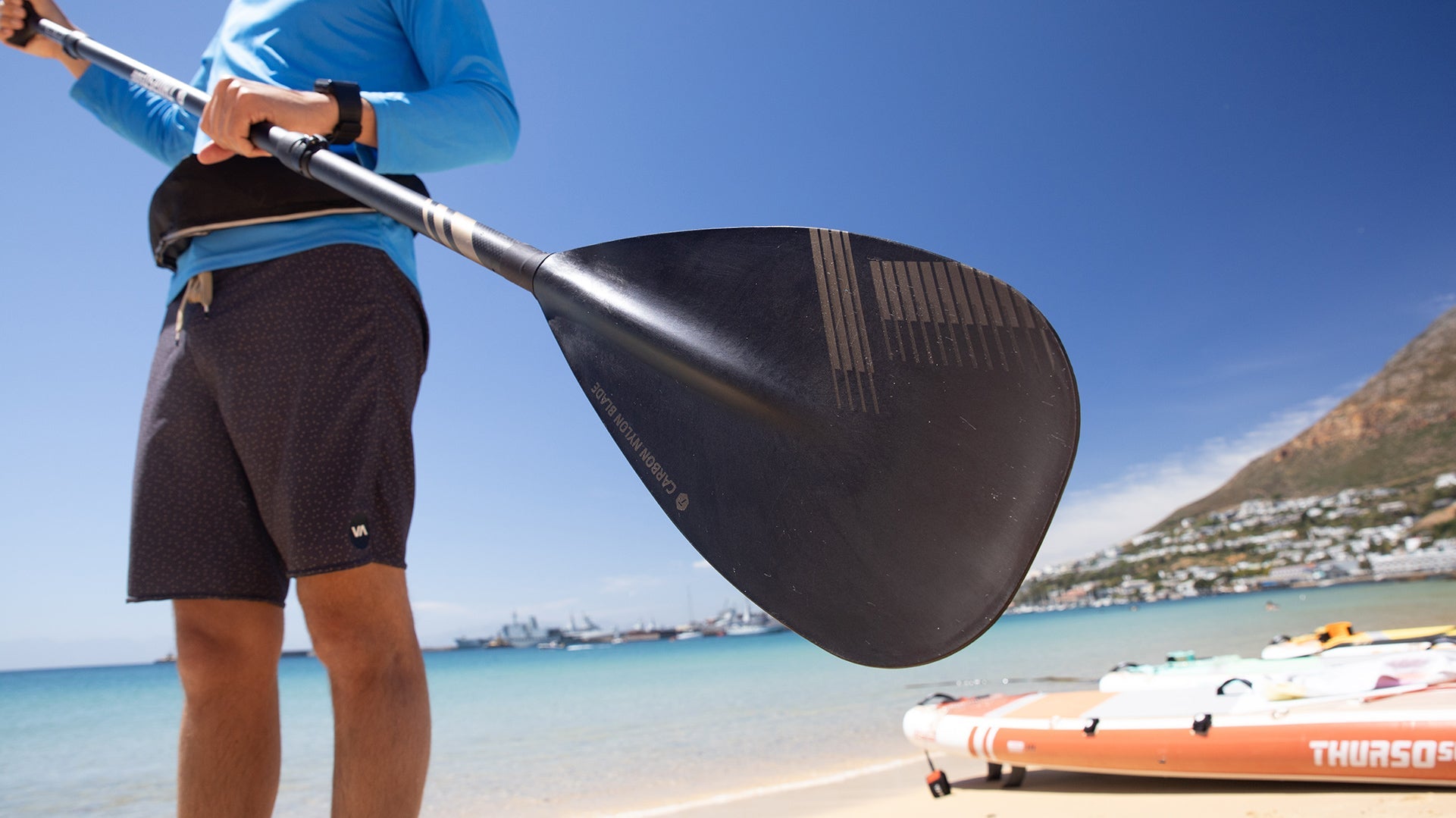
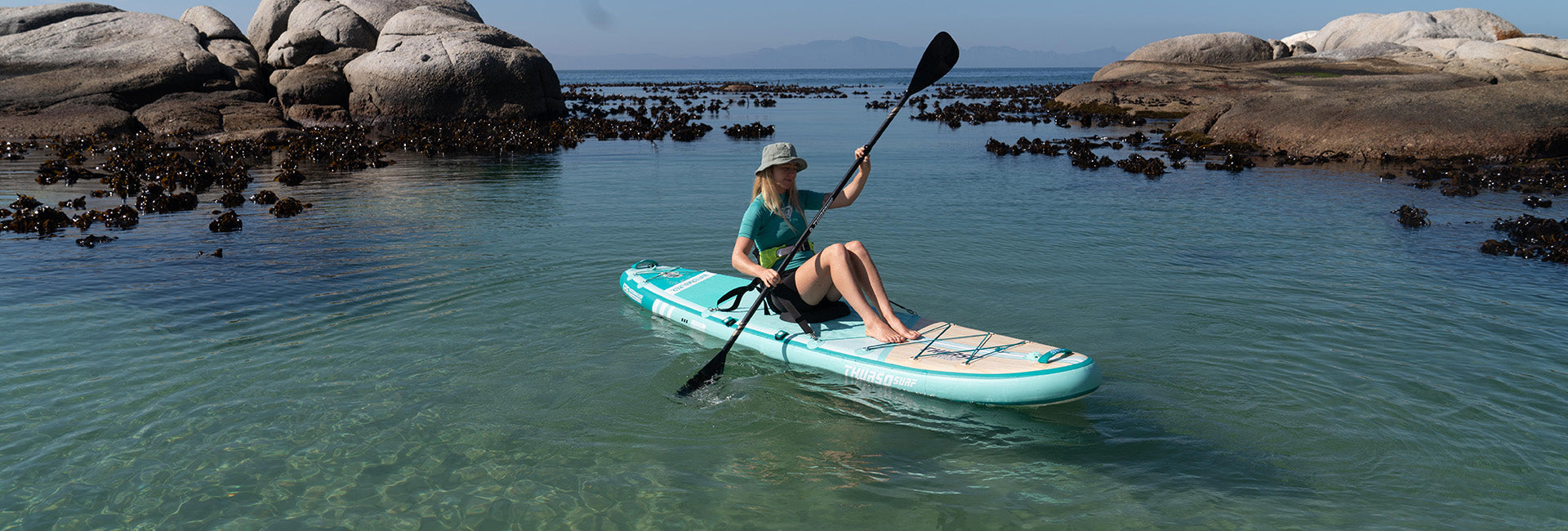

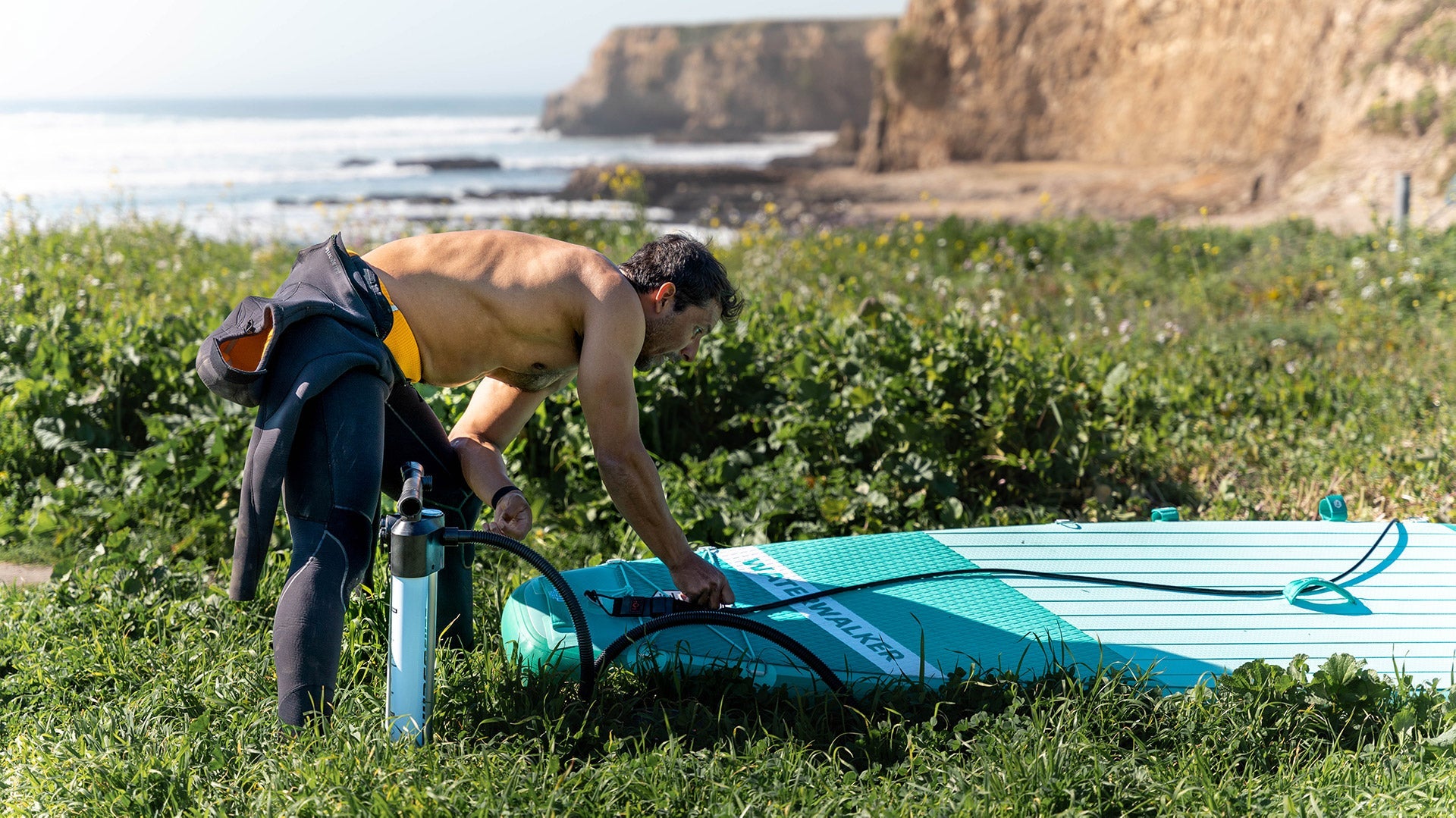
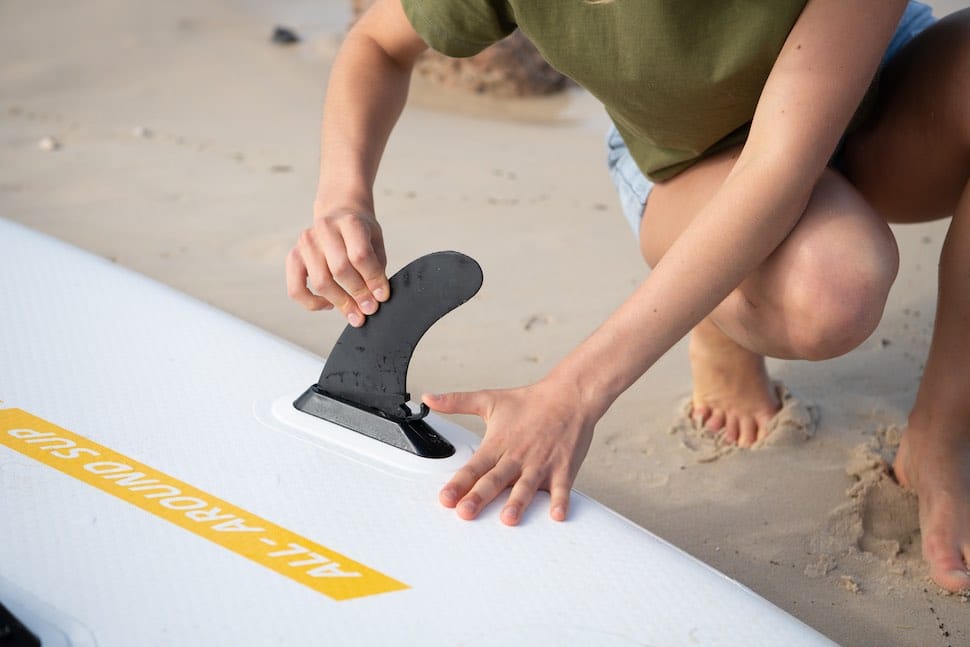



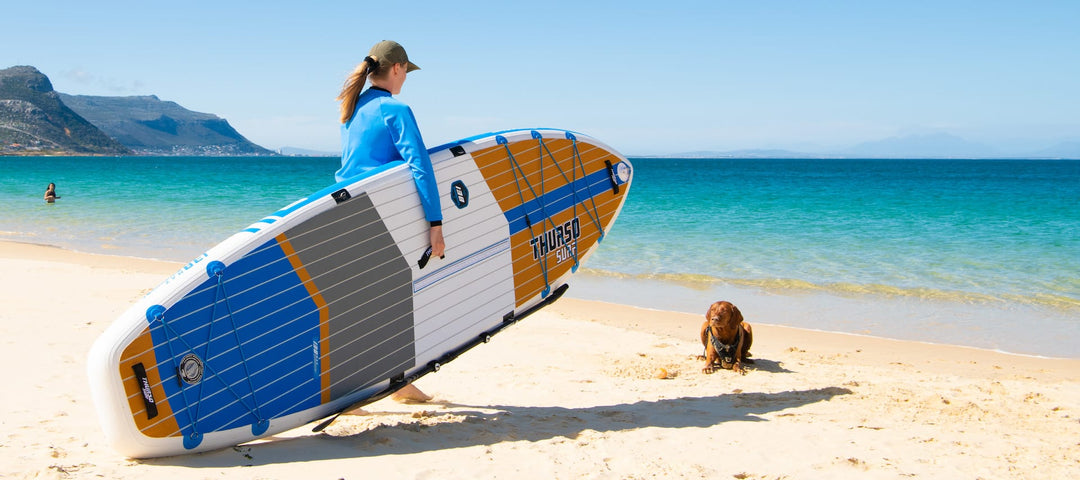


thanks for all these information! Very helpful!
Leave a comment